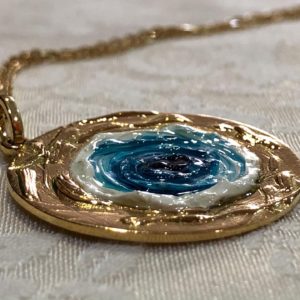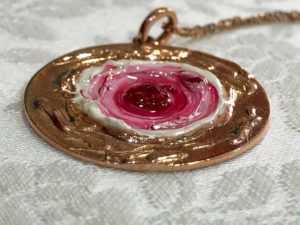OMAMORI are a kind of lucky charms in Japanese culture, similar to the cross or medals of virgins and saints for Christians. Each Shinto and Buddhist temple
has its own OMAMORI, and they serve to bring fortune and luck to different aspects of life by providing different types of protection.
Originally they were made of paper or wood, but today OMAMORI are kept in a bag made of designer fabric and traditional Japanese materials. They can contain a sentence or the writing of an invocation
The Omamori are performed through a sacred ritual, where a busshin (spiritual evolution) is carried out in a Shinto context or Kessin (manifestation) in a Buddhist context.
The OMAMORI must never be open because it would lose its protective power and must belong to only one person. Children usually hang them on the school backpack and adults on their bag, rearview mirror of the car etc..
OMAMORI is renewed every year. After a year, it is returned to the temple where it was purchased. It should never be thrown away, getting rid of it is not recommended, it must be treated with due respect in order to avoid a negative return of its protective action (A. Lussana).
In Japanese culture protection is very important. It dates back centuries and each temple has its own Omamori with colours and traditional and exclusive fabrics, made entirely by hand.
The origin of WISHES is found in the Japanese OMAMORI 御守り, where each person chooses his or her colour and asks for their deepest desire to be granted.
WISHES,are small pieces of Art and Jewels that merge with our desires.






